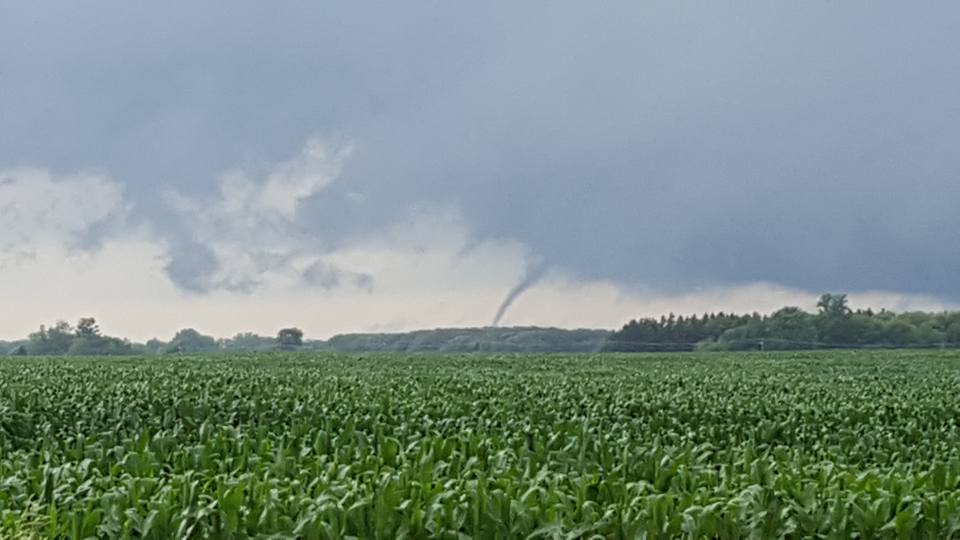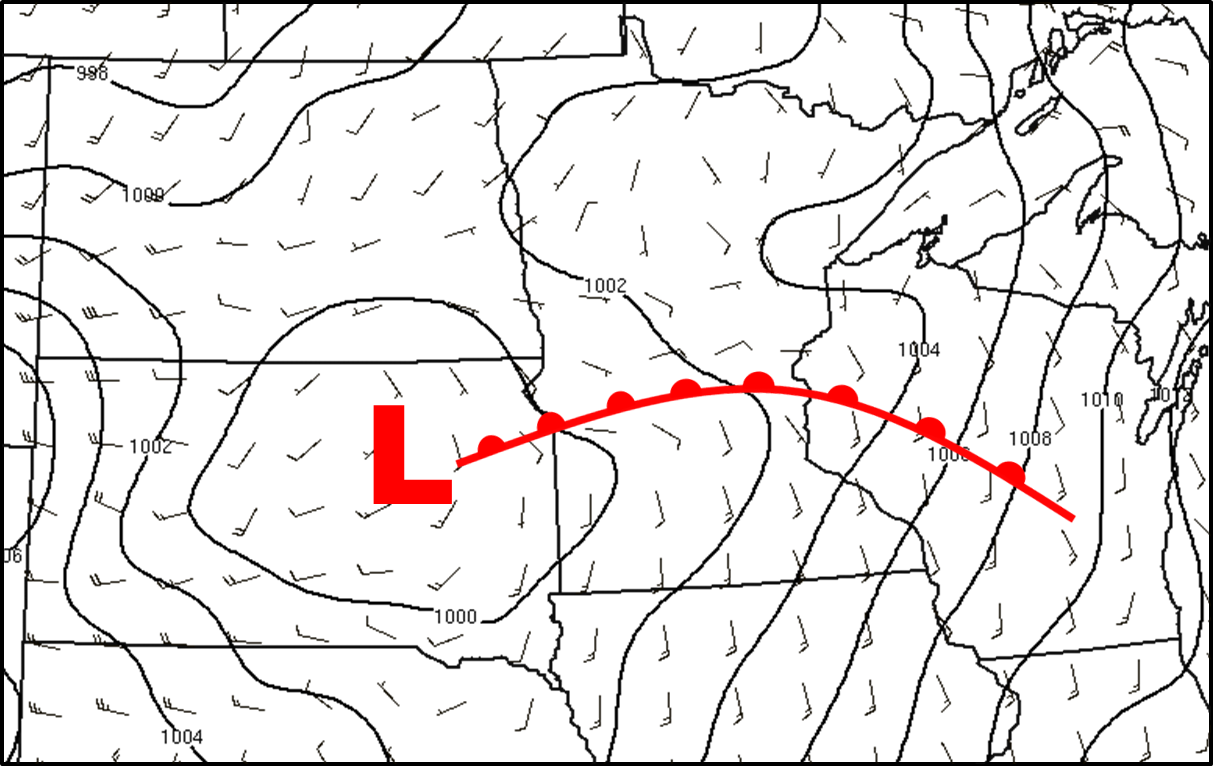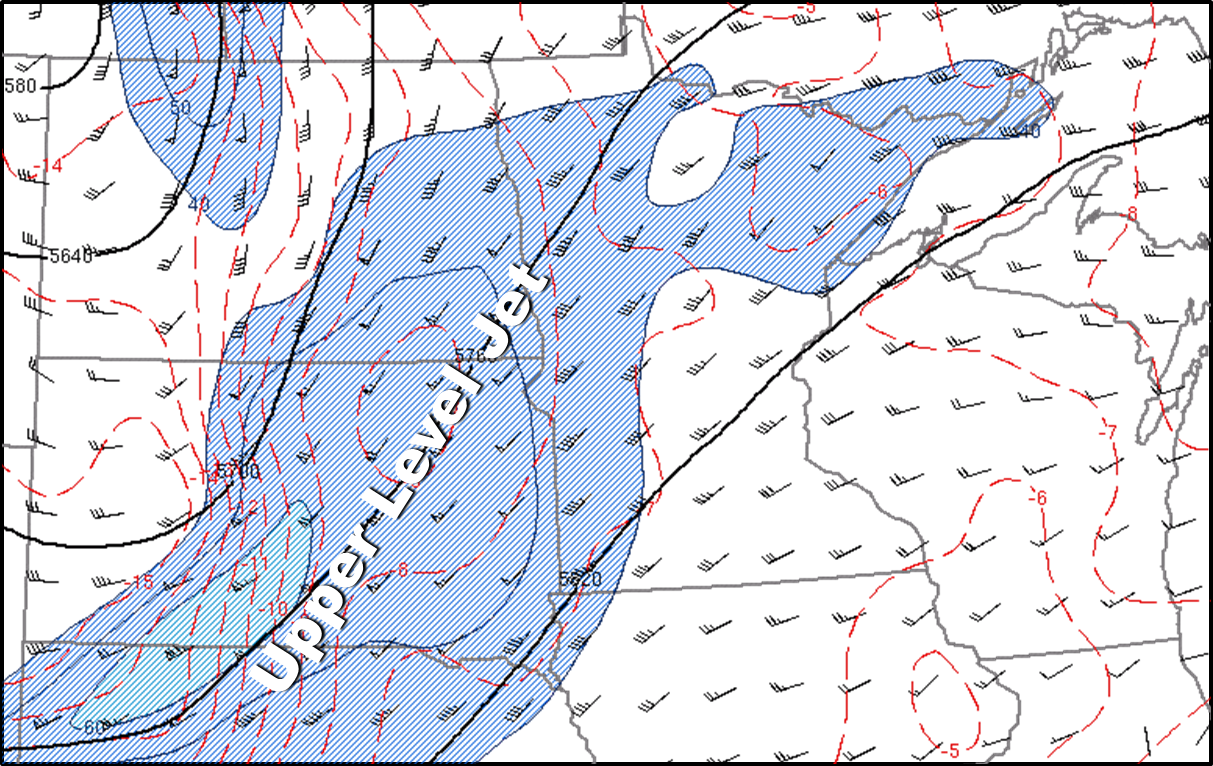Overview
|
On Monday evening July 11, 2016 thunderstorms produced three tornadoes across central Minnesota. The National Weather Service in the Twin Cities sent out 3 storm survey crews to assess the damage. As of Tuesday morning, there has been only one minor injury reported. Based on the preliminary storm reports, areas hardest hit were the town of Watkins MN, northwest Litchfield MN, as well as locations near St Cloud MN. This part of the state is highlighted by the red box on the map to the right. Further information is given below and additional facts about the strength of the tornadoes will be released as the become available. The survey teams have completed their investigations. See details below.
|
 The red box on the map above shows the area in Minnesota that had tornadoes. |
Tornadoes:
|
Multiple tornadoes in central MN
|
||||||||
|
||||||||
|
Tornado #1 - Litchfield, MN
Track Map  
|
||||||||||||||||
|
Tornado #2 - Watkins, MN
Track Map  
|
||||||||||||||||
|
Tornado #3 - Southern Stearns County
Track Map  
|
||||||||||||||||
|
Tornado #4 - O'Neil Campground, WI
Track Map  
|
||||||||||||||||
The Enhanced Fujita (EF) Scale classifies tornadoes into the following categories:
| EF0 Weak 65-85 mph |
EF1 Moderate 86-110 mph |
EF2 Significant 111-135 mph |
EF3 Severe 136-165 mph |
EF4 Extreme 166-200 mph |
EF5 Catastrophic 200+ mph |
 |
|||||
Photos:
 |
 |
 |
 |
| Tornado south of Litchfield (photo courtesy of Kevin Servin) | Tornado roping out near Litchfield (photo courtesy of Kevin Servin) | Damage to mobile home near Litchfield (photo courtesy of Boyd Huppert, KARE) |
Damage to shed near Litchfield (photo courtesy of Boyd Huppert, KARE) |
Environment
A surface low pressure system developed across the Dakotas, with a warm front extending eastward into central Minnesota. A very unstable air mass formed south of the warm front. The wind fields along the warm front were favorable for rotating thunderstorms capable of producing tornadoes. All images are as of 5 PM CDT, which is right before the tornadic thunderstorms developed.
 |
 |
 |
| Figure 1: Surface map from Monday evening showing the warm front across central Minnesota. | Figure 2: Observations showing a warm unstable airmass south of the warm front with highs in the upper 80s and dewpoints in the 70s. | Figure 3: An upper level trough and wind max at 500 mb was moving across the region Monday evening. |
 |
 |
 |
| Figure 4: Mixed Layer CAPE measures instability in the atmosphere and potential for thunderstorms with strong updrafts. | Figure 5: Effective Helicity looks at the wind fields in the low levels of the atmosphere and measures the potential for rotating updrafts. | Figure 6: The image above shows the Significant Tornado Parameter. It combines the potential for strong updrafts together with the potential for rotating updrafts. This indicated there was a high chance for tornadoes in central MN. |
 |
Media use of NWS Web News Stories is encouraged! Please acknowledge the NWS as the source of any news information accessed from this site. |
 |